Photo Essays / Essais photographique
A Diverse Legacy:
The CN Photo Collection at the Canada Science and Technology Museum
1 For a century between 1850 and 1950 railways exerted a profound influence upon the development of Canadian society. While considerable attention has been given to the impact that railway companies had upon Canada's geographic growth both as the instruments and instigators of Canada's own version of manifest destiny, their role as instruments of social and technological change has received comparatively little attention. Unlike other countries where the analysis of "the railroad" has led to an examination of its impact upon urban growth, social attitudes and popular culture in its broadest sense, Canadians for the most part continue to examine the legacy of our railways from a very two dimensional perspective.1 In many respects, this approach would be analogous to examining the impact of the Catholic Church on Canadian society by studying the growth in the number of parishes, annual revenues from the collection plate, and an occasional analysis of changes in the Church hierarchy over time.
2 There have been exceptions to the rule. In the 1980s, Craven and Traves produced a superb analysis of the early role of the Grand Trunk Railway as an important industrial force in nineteenth-century Canada. To their apparent surprise, both scholars found that railways were early incubators of industrial practice in Canada. The substantial shops founded by the railways in such cities as Montreal, Hamilton, and Stratford produced a wide range of products that increased the authors' appreciation of the railways' important role as industrial innovators in the nineteenth century. This was an important study in that it was one of the first attempts the author is aware of where academic historians sought to analyse the impact of railways and railway technology upon Canadian society in a context other than that of a transportation system.2
3 Similarly, Harold Kalman and Douglas Richardson underscored the importance of the railways' influence on the built environment in a short overview of transportation architecture in Canada. Citing examples of bridges, stations, and major hotels constructed in the nineteenth and early twentieth centuries, the authors sought to draw attention to "the railways' architects who pointed the way to a public architecture that raised our self-awareness and that was to be promulgated as a national style for all of Canada."3 The architectural legacy of Canadian railways has undergone considerably more scrutiny than other aspects of its broader cultural influence, yet even architectural historians continue to view the railway structures in isolation. To whit railway stations, even hotels, are studied often as individual entities and not as part of an integrated system of related structures. It was the successful integration of these individual parts that initially set the railway apart from other transportation modes and corporations.4
4 Their primary purpose of moving goods and people along their lines meant that railway technology required the development of a highly integrated and innovative corporate structure. As Alfred Chandler stated, "no other business enterprise, or for that matter few other non-business enterprises, has ever required the co-ordination and control of so many different types of units carrying out so great a variety of tasks." In the Canadian context this structure was not only vertically but also horizontally integrated to a degree unmatched by many other railway enterprises on the globe. While many individuals pay lip service to the importance of railways in the development of Canada, they do so while failing to grasp how pervasive a role railways played within Canadian society as employers, suppliers, clients, patrons, educators and facilitators. Because of the truly national scope of their operations and their highly integrated and complex structures, our railways' interests and impact extended well beyond their rights-of-way.5
5 This very point was brought home following the recent donation of the Canadian National Railway Company's photograph collection to the Canada Science and Technology Museum. Comprising over 750 000 images and covering the period from the mid-1850s to 1985, the collection provides ample evidence of the diverse interests of Canadian National, its predecessor railways, and its subsidiaries across Canada. Ironically, when publicizing a significant donation from one of Canada's major railways, the Museum found it necessary to emphasize that the photograph collection contained more than just photos of trains. In fact, the donation corresponds exceptionally well with the Museum's own mandate in the breadth of subject areas covered and its truly national scope.
6 As a product of the industrial revolution and a pattern for the modern corporation, railways characteristically embraced technological and scientific innovations in order to facilitate operations and maximize profits. This preoccupation with technical innovation and an associated fascination with things modern is documented consistently in many of the choice of topics. The CN photograph collection provides a telling portrait of technological change in Canada over time. In the communications field the transition from telegraphy, to telephone, to increasingly sophisticated forms of radio transmission for both private and public use is but one area where the photograph collection provides researchers with a valuable source of informative imagery. This pattern is repeated in a wide variety of fields that emphasize Canadian National's abiding interest in agricultural development, natural resource extraction and processing, manufacturing, marine services, communications, aviation, and, of course, railway operations.
7 As a research resource, the collection offers more than just a large volume of potential illustrations. Rather, the often detailed view of installations, equipment, or operations may function as primary documents that permit a closer study of an object or process in its original context. Many of the photographs were taken to illustrate or document a specific process or technology, with sequential images providing highly informative step-by-step descriptions that are not necessarily available, or not well understood, when presented in written form.
8 For all of its value in recording technological change, the collection illustrates the social context within which new technologies functioned. The human element, sometimes lost in the discussion of technological change, is a notable factor in a great majority of the images. Whether it is the assembly line worker manufacturing aircraft or a posed photograph showing people attentively listening to a radio broadcast aboard a train, people reacting with new technology is a recurrent theme that helps to define the collection. This was by no means accidental and probably reflects the promotional use intended for many of the images.
9 Even a cursory examination of the CN photograph collection quickly immerses the researcher in a historical resource that provides a rich, albeit not impartial, overview of the railway's far ranging activities and interests. This unique collection documents the transformation of Canada and Canadian society through its often detailed portraits of cities and regions from coast to coast. This portrait of a changing society is all the more powerful because of the rich variety of the subject matter covered and the railway company's persistent fascination with recording the use of new technology and documenting modern Canadian life. Ultimately it is a record of technology that is national in scope and surprisingly human in character.
PHOTOGRAPHS
The wheat and grain trade was one of Canadian railways' primary bulk commodities. The local elevator was once a common sight on the prairies. The transfer of grain from the individual producer to the elevator operator is captured in these two photographs, both from southeastern Manitoba. Almost a decade apart, the images document a common process, technological change and the persistence of forms. In Figure 2, the truck has replaced the horse-drawn wagon. The grain box, however, is virtually identical in shape and size in both photographs. In each case, the unloading area has a tilting device to permit grain to be unloaded by gravity. However, the earlier version was activated manually by an operator turning a wheel, while the other was a hydraulic lift that elevated the front end of the truck.
Like its predecessors, Canadian National was an avid promoter of agricultural settlement in Canada, particularly in the West. Figures 3 and 4 illustrate two very different aspects of their efforts. The first is a common promotional scene illustrating the use of progressive farming techniques in lands serviced by CN. A Holt tractor, an early version of the crawler tractor, pulls five binders in a display of mechanical force and agricultural mass production.
The concept of community was a strong selling point in promoting settlement. Rural communities across Canada were a favourite topic of CN photographers. Figure 4 was part of a series of twenty images documenting life in one such community south of Winnipeg. Both images illustrate technology in use and in a specific context, one agricultural, the other domestic.
These two photos represent another characteristic of the CN Collection, the documentation of technology. The launching of the S.S. Fort Sikine, a Victory Ship constructed at Prince Rupert, was an occasion to document how the tripping of a simple trigger mechanism would launch the ship down the ways to the sea.
Icing refrigerator cars was a common activity before the introduction of mechanical refrigeration. Critical to the transportation of perishable produce and cargo, such as dressed meats, railways used tons of ice on an annual basis. Substantial ice houses were common structures in most major railway yards across Canada. In both cases the photographs record activities not usually found in the photographic record.
Canadian railways were unique in that they carried the integration of related services to considerable lengths. Apart from marine services, express departments and immigration departments, Canadian National and Canadian Pacific both operated extensive communication systems. The CNR was particularly aggressive in developing broadcast radio. In the mid-1920s it launched a chain of radio stations to provide programming for domestic listeners as well as an on train radio service. Photographs of these early installations provide information on the equipment used and their layout. Eventually, CN's radio network would form part of the newly formed Canadian Broadcasting Corporation.
Industrial process is a common topic in the CSTM/CN Collection. Though particular attention was given to the railway's role in the Second World War both as a manufacturer and transportation service, the photo collection nevertheless documents the railway's activities in a wide range of areas.
From the mid-nineteenth century onwards, railways maintained substantial railway shops where locomotives, cars and other equipment underwent regular maintenance and overhauls. The role of these facilities as manufacturing or industrial plants is quite evident in the photographic record.
Figure 11, the milling department at the National Railways munitions plant in Montreal in December 1943, brings a social context to technology. Located in Pointe Saint-Charles, the plant was located near CN's main railway shops, employing more than 1300 people who manufactured naval guns during the Second World War. Apart from illustrating the organization of the factory, closer examination of the photo reveals that the majority of the machinists are women.
In the downtown Montreal street scene of 1930 depicted in Figure 12, the growing importance of automobiles is evident, not only by the number of cars on die road, but by the "Tilden Drive Yourself office visible on the right. To the left, the Indian Motorcycle dealership only reinforces the sense that the motorized vehicle was no longer a technological phenomenon, but a fact of life.
 Display large image of Figure 1
Display large image of Figure 1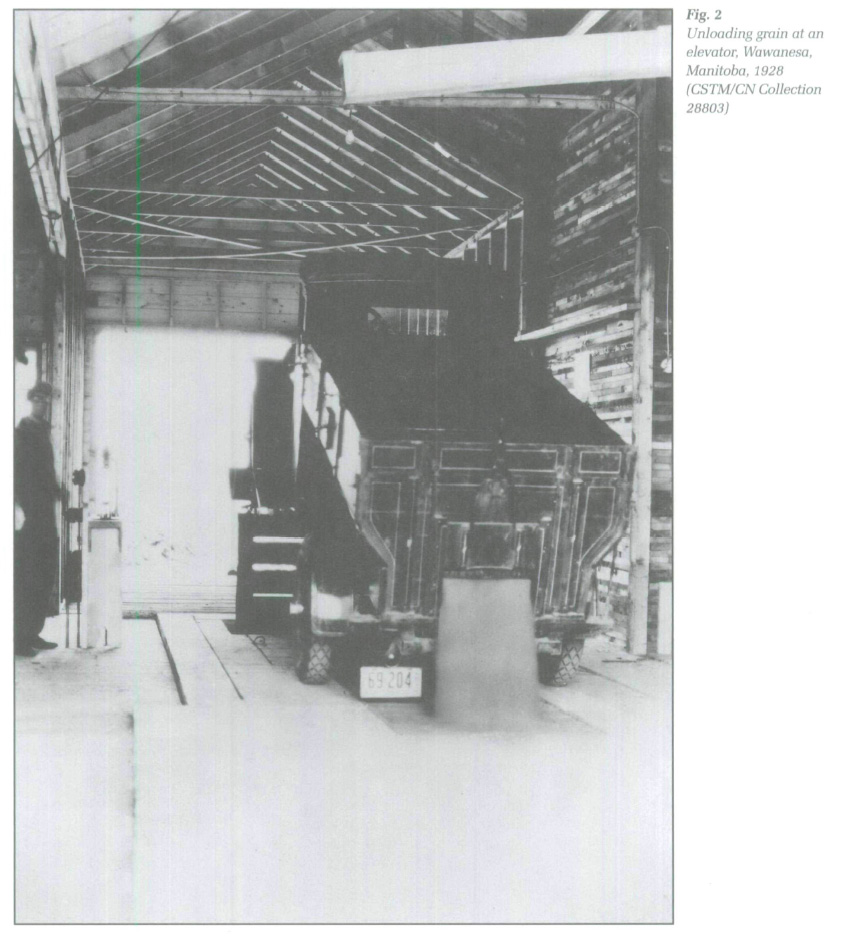 Display large image of Figure 2
Display large image of Figure 2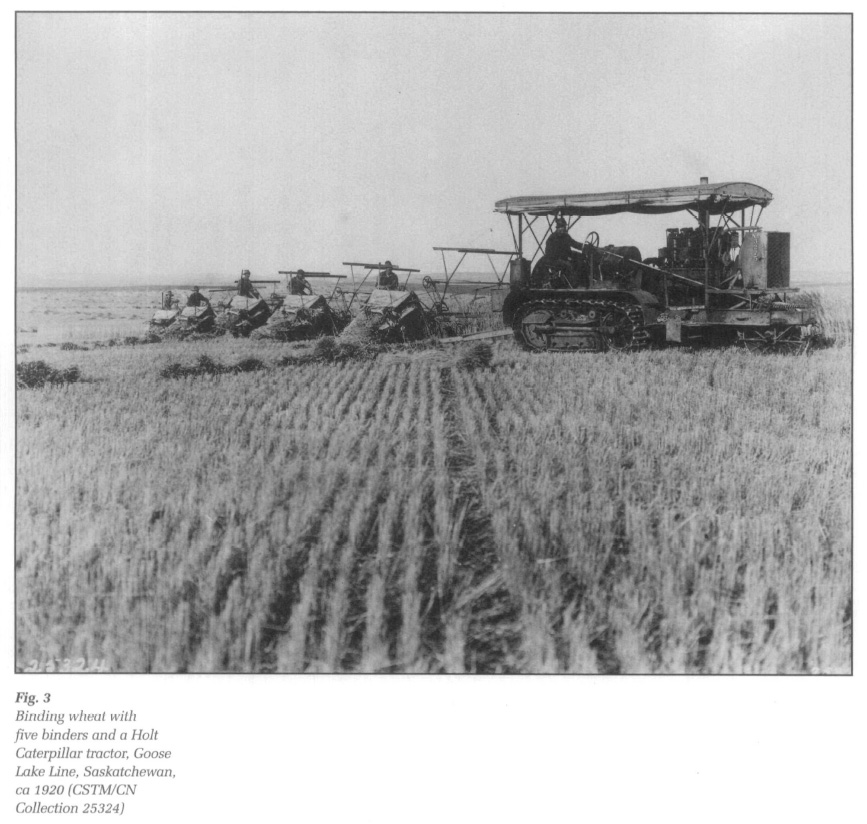 Display large image of Figure 3
Display large image of Figure 3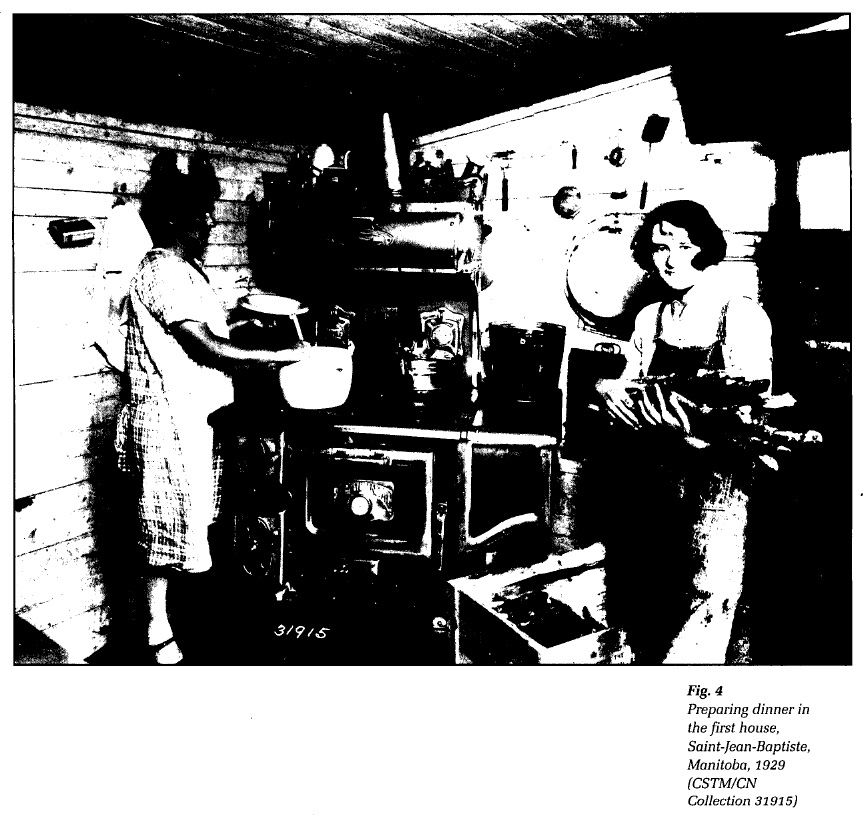 Display large image of Figure 4
Display large image of Figure 4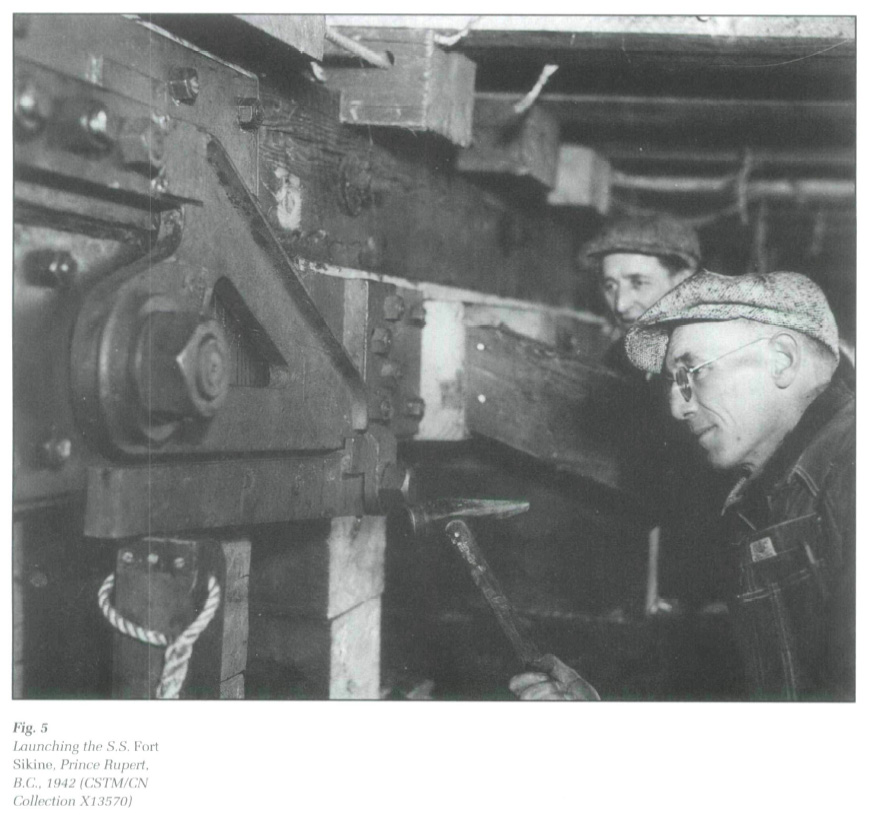 Display large image of Figure 5
Display large image of Figure 5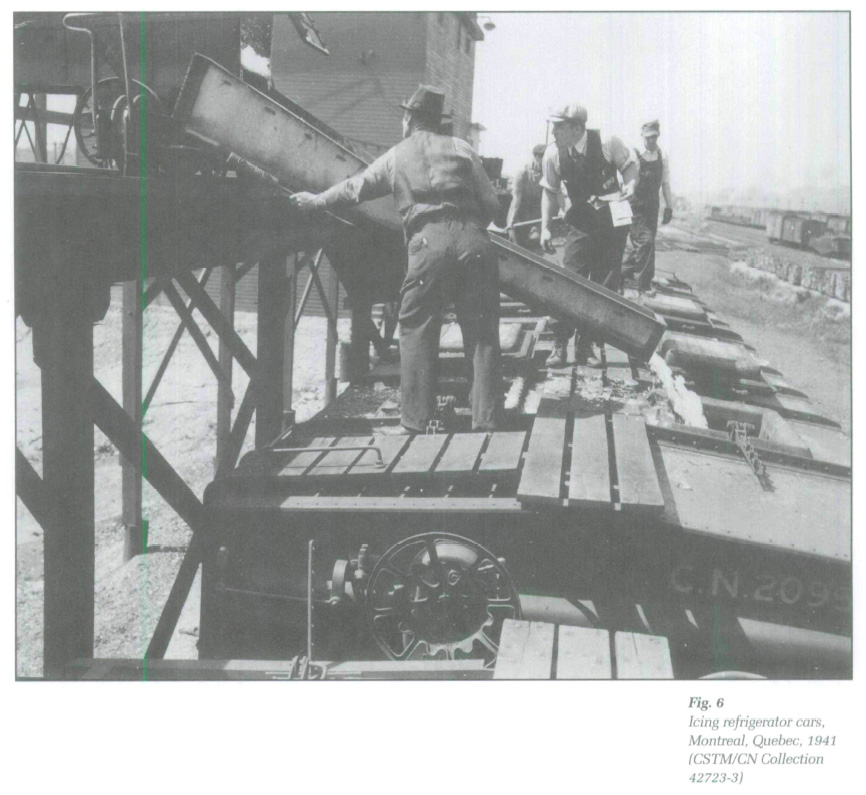 Display large image of Figure 6
Display large image of Figure 6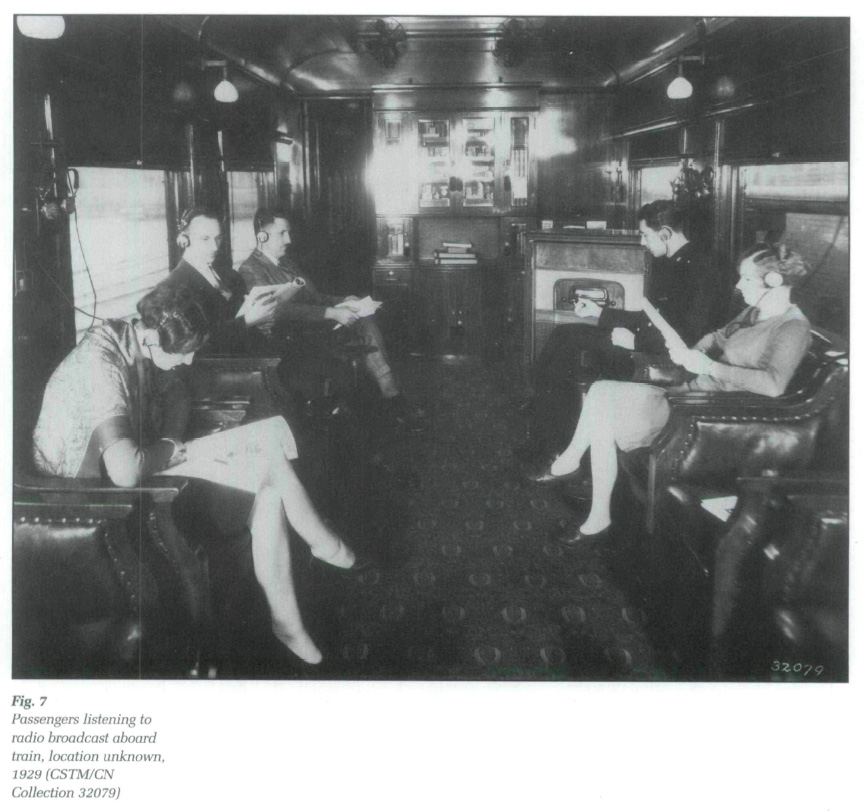 Display large image of Figure 7
Display large image of Figure 7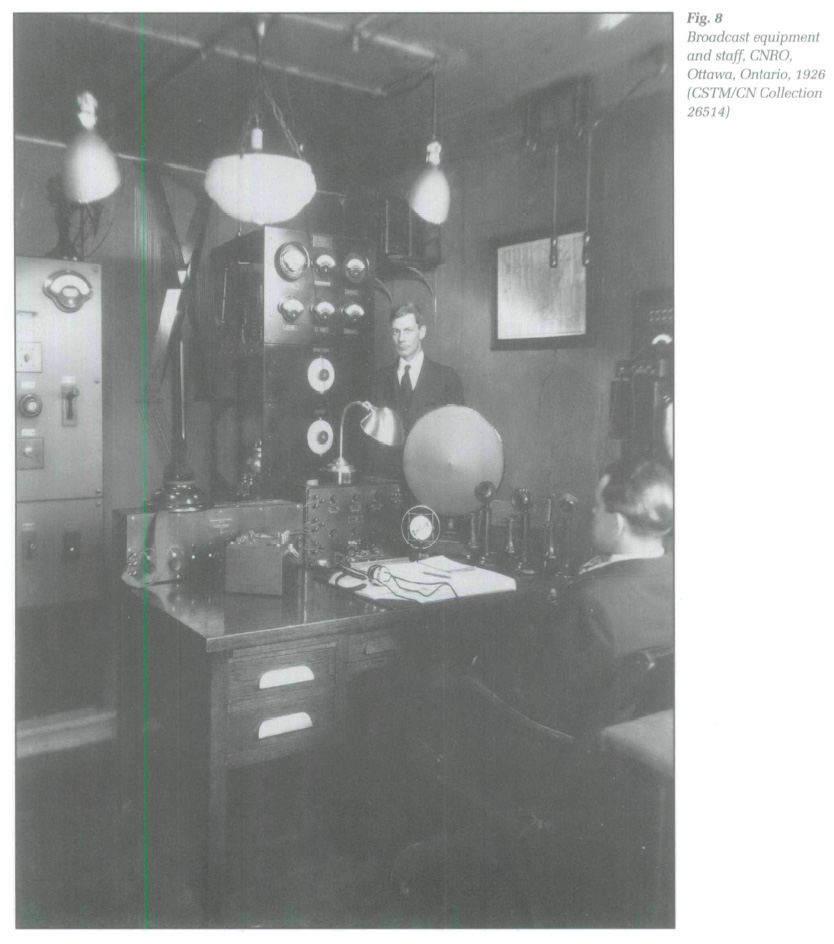 Display large image of Figure 8
Display large image of Figure 8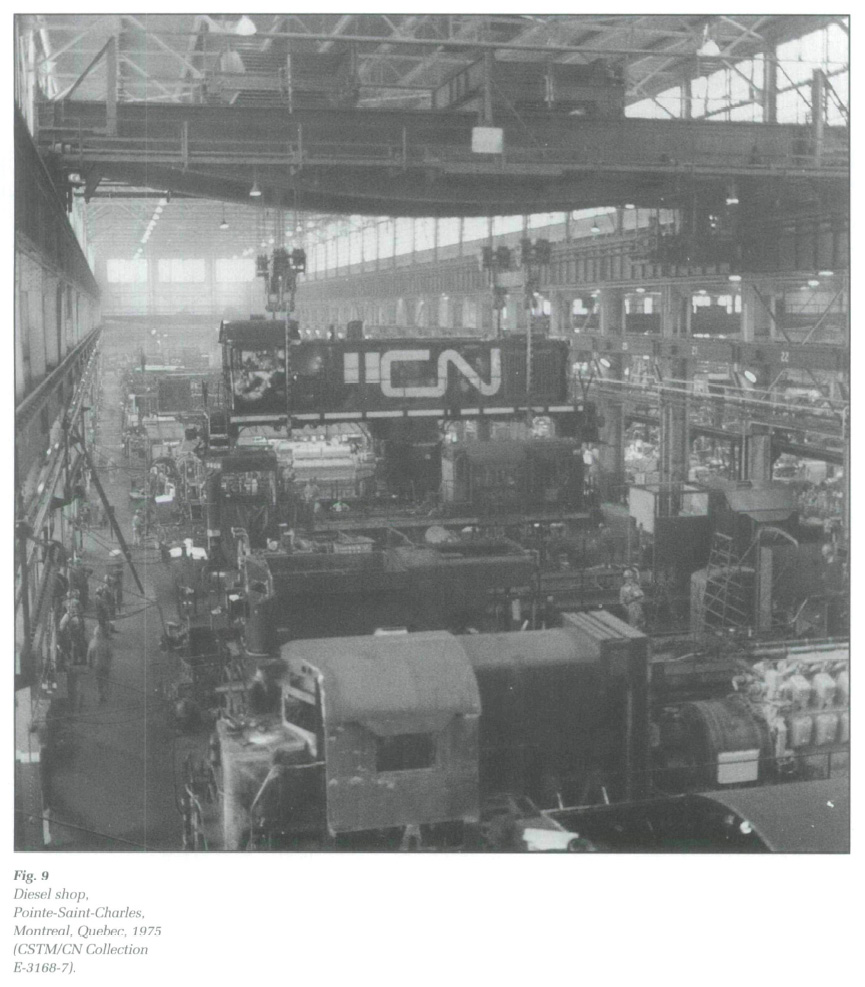 Display large image of Figure 9
Display large image of Figure 9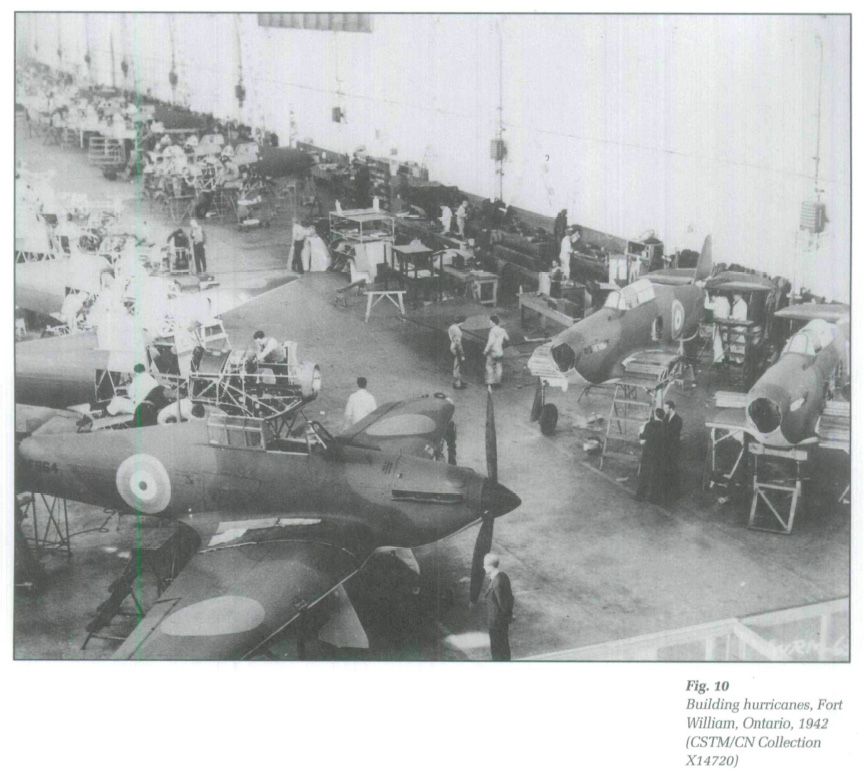 Display large image of Figure 10
Display large image of Figure 10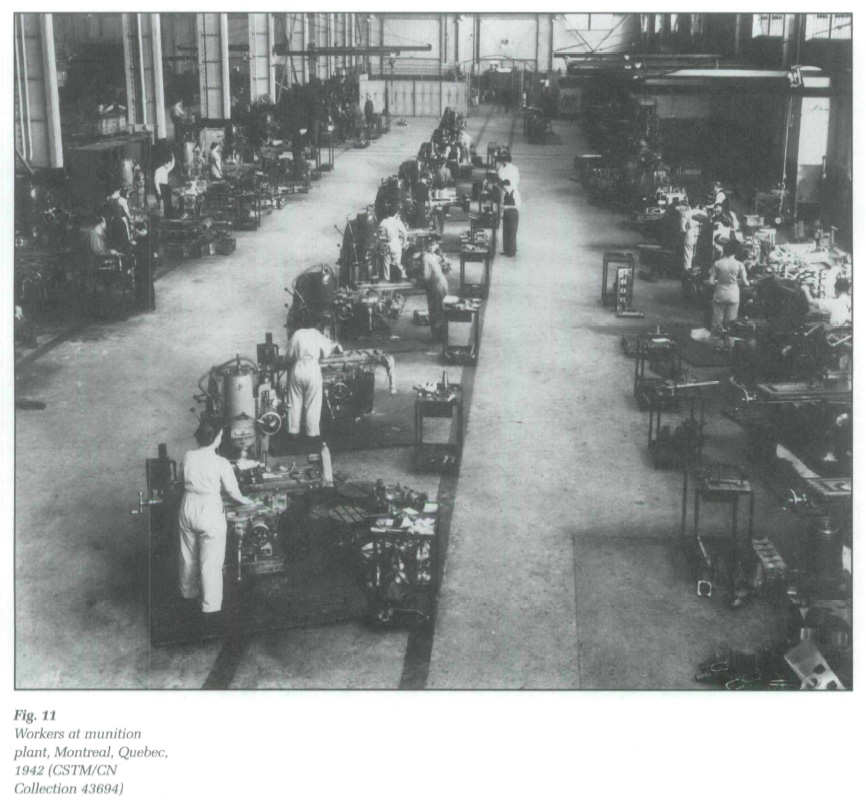 Display large image of Figure 11
Display large image of Figure 11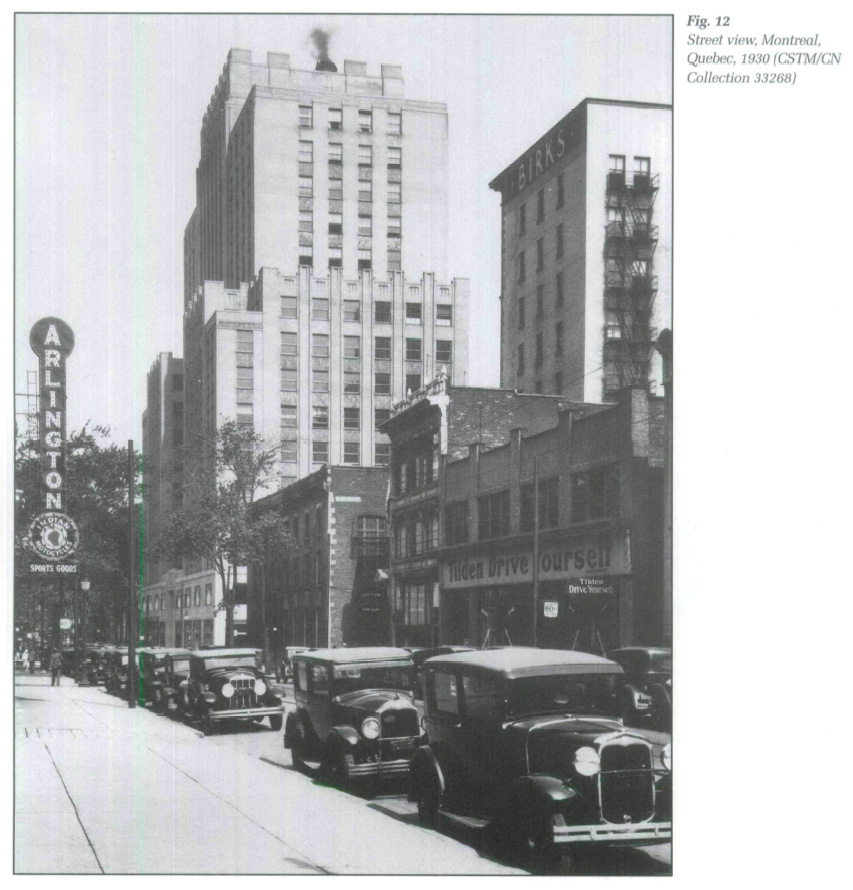 Display large image of Figure 12
Display large image of Figure 12